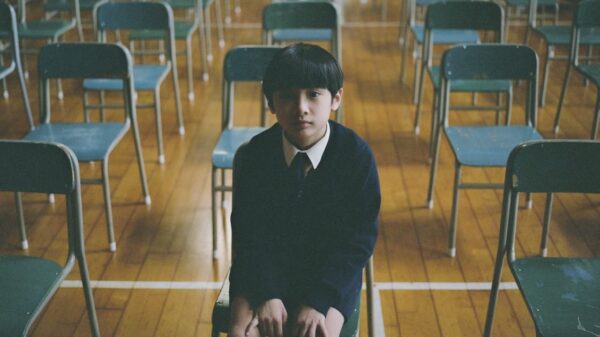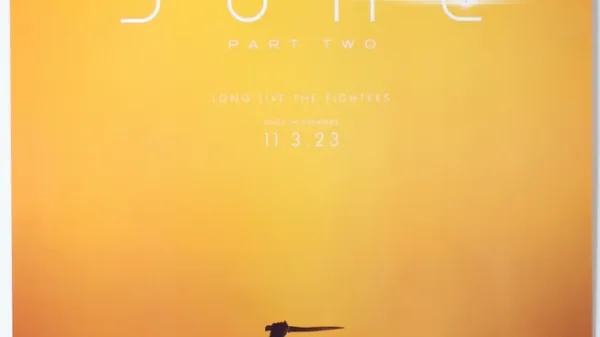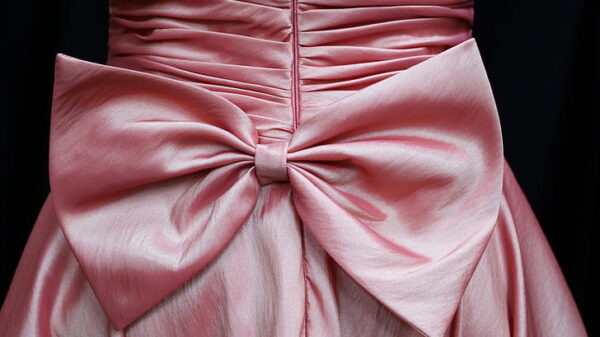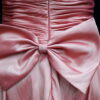Staff writer Katie Newman reviews “Weasels in the Attic”, a collection of short stories focused on gender divisions in modern Japan.
The stories in Hiroko Oyamada’s “Weasels in the Attic” all display the monotony of daily life before interrupting it with the strange intrusion of animals, either as a metaphor for a larger concept or to contrast against human behaviour. It is a major departure from her previous two previous, surrealist novels; while “The Hole” and “The Factory” focus on the unreal, “Weasels in the Attic” looks at the everyday lives of normal people.
All three stories share a single, unnamed narrator, who interacts with his friend Saiki at three different dinners. In the first story, this narrator goes with Saiki to meet his wealthy pet shop owner friend, Urabe. They converge upon a compact sitting room lined with aquariums. Urabe, we discover, is adept at fish breeding, a practice that is soon put in conversation with ideas about human fertility and eugenics as the unnamed narrator and his wife continuously try for a child, yet never succeed. These fish appear throughout the three stories, Urabe tries to experiment with them to create different patterns on the “bonytongues” silvery scales through the use of different genetic pairings and Saiki eventually tries to breed the “bonytongues” himself.
The metaphor surrounding the fish seems to be one of entrapment. The “discus” and “bonytongue” fish are beautiful, they have silver scales that shimmer in the light and inky black stripes, making them stand out in their drab and dull environments. This resonates with something that our unnamed narrator notes about his married sisters in the collection: they “stopped wearing makeup and bought different kinds of clothes” when they got married and had children, they “became different people”. The women in the collection are always in the background, they provide the food and do the household chores for men, they are no longer the sparkly and bright women of their youth. Like the “bonytongue” fish, they are trapped, not in a fish tank but in stereotypical female roles. Although they exist in the background, they are important to Oyamada as they are the facilitators of the men being able to sit at dinner and have discussions without needing to run around serving or preparing the food. Oyamada is drawing attention to a widespread endemic in Japan, with women spending five times the amount of time as men on housework and childcare.
A similar discussion around gendered housework is also seen in “The Hole”. Oyamada’s earlier novel focuses on a young woman called Asa, whose husband’s job is transferred to the countryside, forcing her to leave her career behind and become a housewife. Now having no way to support herself or any activities other than cooking and cleaning to fill her time, Asa gets swept away in a surreal world of smiling cat-like creatures and mysterious human-sized holes in the ground. In “The Hole”, it is unclear to the reader what is real or not real, but the one constant throughout is that Asa is now unemployed and must take care of the house through domestic labour, again reinforcing the unfairness of the gender binary in housework in Japan.
We see this imbalance of gender present again in the second story. What initially appears to be a simple tale about Saiki dealing with a weasel-infested attic soon evolves into a critique of men’s passivity, as compared to women’s dynamism. Every trap Saiki sets for the weasels only catches the babies, which he then takes out to the mountains. The weasels seem to have foiled Saiki’s efforts to get rid of them, they keep breeding (again bringing up ideas about fertility) and will not leave his attic. Saiki has his whole life in the countryside disrupted by these tiny animals that have made a home in his attic. While he eventually decides to give up and co-exist unhappily with the weasels, an interesting solution is offered by our unnamed narrator’s wife, who is also not given a name. Rather than being known or referred to as a friend as the unnamed narrator is, his wife is simply referred to as “wife”. Thus, her personhood is only asserted by her relationship with her husband. Again, this reinforces the collections critique of how women are treated in Japanese society, at once required to do all the housework and childrearing yet not allowed to have their own interests or personalities, or in this case a name.
The solution that she provides for the weasel infestation is a grim one. She narrates a tale of her childhood living in the countryside in which her “dad and grandpa” caught the mother weasel in a trap, yet only her grandmother had the guts to “hold it under the water” and drown it in a dustbin, killing the head of the family and thus resolving the infestation. If we look at the description of the weasel family as being akin to a human one, the baby weasels “scream for help”, while the fathers “try to chew through the cage” and the mothers let out “piercing shrieks” to let the family know that she is in trouble and that they should leave. Even in the animal world, Oyamada depicts the female of the species as selfless, always caring for her family and children above herself. The wife’s grandmother, while committing a grim act, saved her family from the annoyance of the weasel infestation. Once again, we see women being active and getting things done while men sit by idly.
The binary of gendered housework is complicated slightly in the third and final story by the arrival of a baby. While I will not spoil whose child it is, the father takes as much responsibility in caring for her as the mother does. The father cares for the baby from morning to evening, while the mother cares for her during the night. This comes as a shock to our narrator, who notes the father as “not the type to take care of any child”, even if it was his own. This equal responsibility surrounding children seems to be looked down upon for men, Oyamada seems to be showing that while some men in Japan may want to help with their own children, the societal bias is against this and instead puts this pressure and responsibility on women.
Overall, this collection provided an interesting social critique of gendered work in Japan paired with an interesting episodic plot. It would be a good read for fans of Sayaka Murata’s “Convenience Store Woman” and “Kim Jiyoung, Born 1982” by Cho Nam-Joo. These stories similarly centre women’s oppression in Japan, with the female narrators feeling trapped in the roles society forces them to play. While “Kim Jiyoung” utilises footnotes to specifically note the real-life oppression women face in relation to its fictional protagonist, “Convenience Store Woman” takes a less traditional approach with its protagonist shunning relationships and motherhood for her job at the local convenience store.


















